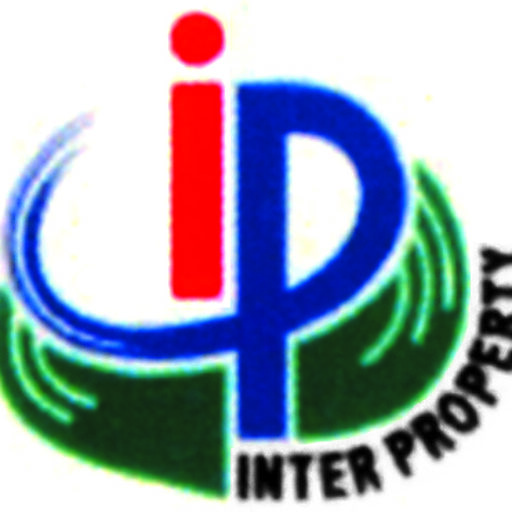Reference to Outline Agreement in Sap
The framework agreement is a long-term purchase contract between the seller and the customer. Framework agreements are of two types: Data Model — Purchase Orders and Framework Agreements Test the ME23N Tcode, then click the “Document owerview on” button, then select “Purchase Order” from the selection variant. You get a new screen, then click on the “Dynamic Selections” button and click on Purchase Document Line in the drop-down window and find the “Framework Agreement” icon. You will receive a list of related commands. Honestly, the PETER A framework purchase agreement consists of the following elements: The objective of framework agreements is usually to set an upper limit or a total volume (i.e. a target value). In the case of quantitative contracts, this is very specific to individual materials and therefore often linked to a material number (field: EKPO_MATNR), because here the number of parts or units plays an important role (even if there are other possibilities for an unknown material or consumable, for. B example, which I will not discuss here). For this reason, the target value can be found here at the level of the respective contractual position, because the target quantity (field: EKPO_KTMNG) multiplied by the price of the respective material gives the target value (field: EKPO_ZWERT) of the individual item. By clicking on the hat icon (the header data – remember?), you arrive at the place where the target value of the contract is also visible (in this case, of course, the sum of the two positions). I will now take a closer look at the target values at the article and header level in framework agreements. The terms of a framework agreement are valid for a certain period of time and cover a certain quantity or predefined value. A contract is a long-term framework agreement between a supplier and a buyer for a predefined material or service over a period of time.
There are two types of contracts – planning agreements, on the other hand, are based more on quantities and also on specific quantities delivered on certain delivery dates (we talk about calendar lines). One could easily say that these are more binding quantitative contracts – but in data analysis in SAP®, they appear separately with their own category of documents compared to quantity or value contracts. But we`ll come back to that later. The document types mentioned above are assigned to each purchase document in the EKKO header data table as an attribute (field: EKKO_BSTYP). In terms of analysis, this means that the category of documents allows us to distinguish delivery schedules from other contracts. But how to distinguish value contracts from volume contracts? This is where the type of document explained above comes in: in the standard, the document type “MK” stands for quantity contracts and “WK” for value contracts. However, both types of documents have the same category of “K” documents. While document categories are mainly used for categorization, document types are often used for adaptation, that is, attributes are assigned to document types, which are then used for process organization/process control in a system. They can also be found in the EKKO table, the field name is EKKO_BSART. Step 2 – Enter the planning agreement number. Now that we have understood where framework agreements are stored as data – that is, in tables where you actually suspect “standard” tasks – and how to identify them – by document category and document type – let us now look at some aspects of the process. In this video, I gave the complete steps for setting up contracts as well as an overview of the framework agreements.
But unfortunately, the audio was missed due to technical issues. A framework agreement can be of the following two types – The framework purchase agreement is often referred to as a lump sum or umbrella order. It is essentially a long-term agreement between the purchasing department and the supplier of materials or services for a defined period of time. The purchasing department negotiates with the supplier a set of conditions that are set for the contract period. Now it becomes exciting (at least for data analysts): framework agreements such as quantity contracts, value contracts, and planning agreements are not stored in their own tables, but also in EKKO and EKPO tables. So don`t get confused by the names or take them too literally. Contract The contract is a draft contract and does not contain any delivery date for the material. A contract is of two types: a framework agreement is a long-term purchase contract with a supplier that contains conditions for the material to be supplied by the seller.
In SAP MM procurement, these agreements are divided into “contracts” and “planning agreements”. Step 2 – Specify the name of the supplier, the type of contract, the purchasing organization, the purchasing group and the factory as well as the date of the agreement. Supplier selection is an important process in the procurement cycle. Suppliers can be selected based on the quotation process. Once a supplier is pre-selected, an organization enters into an agreement with that particular supplier to deliver certain items with certain conditions. When an agreement is concluded, a formal contract is usually signed with the supplier. A framework agreement is therefore a long-term purchase agreement with a supplier. − To refer to standard commands, you can, for example. B use the ME23N transaction; T-code ME33K shows you contracts, and ME33L is the right one for planning agreements.
.

